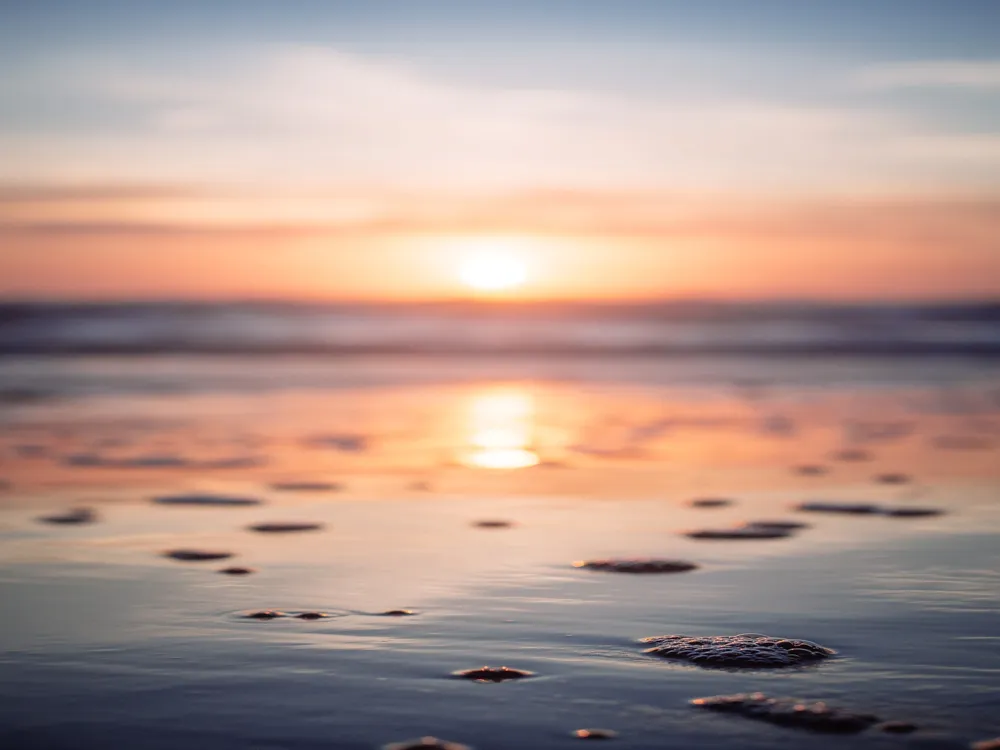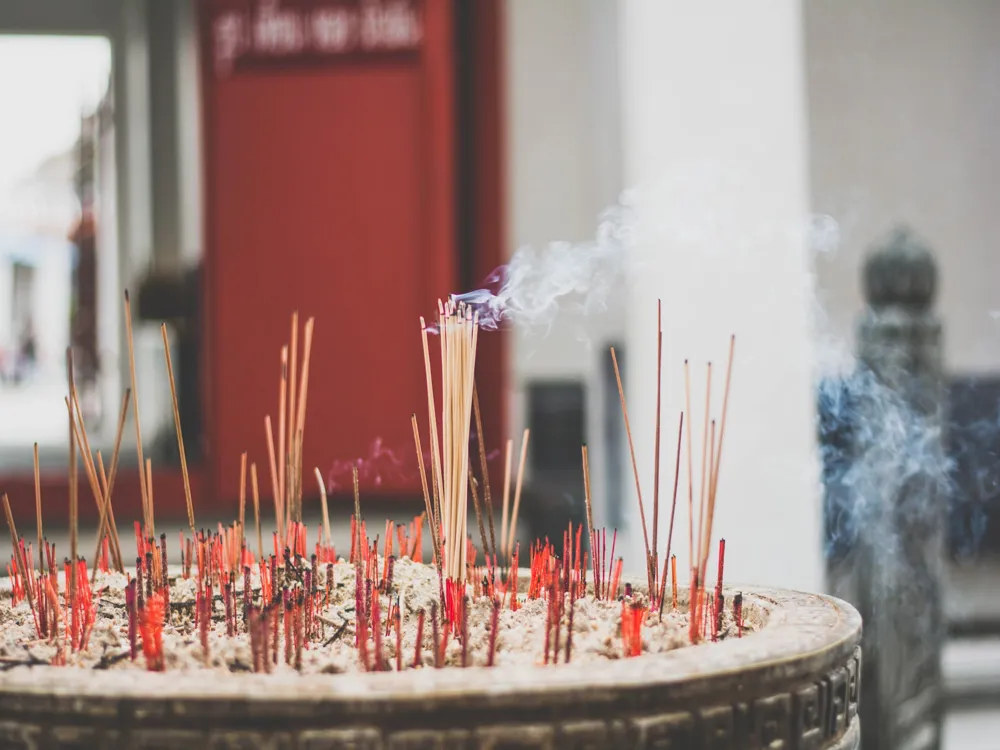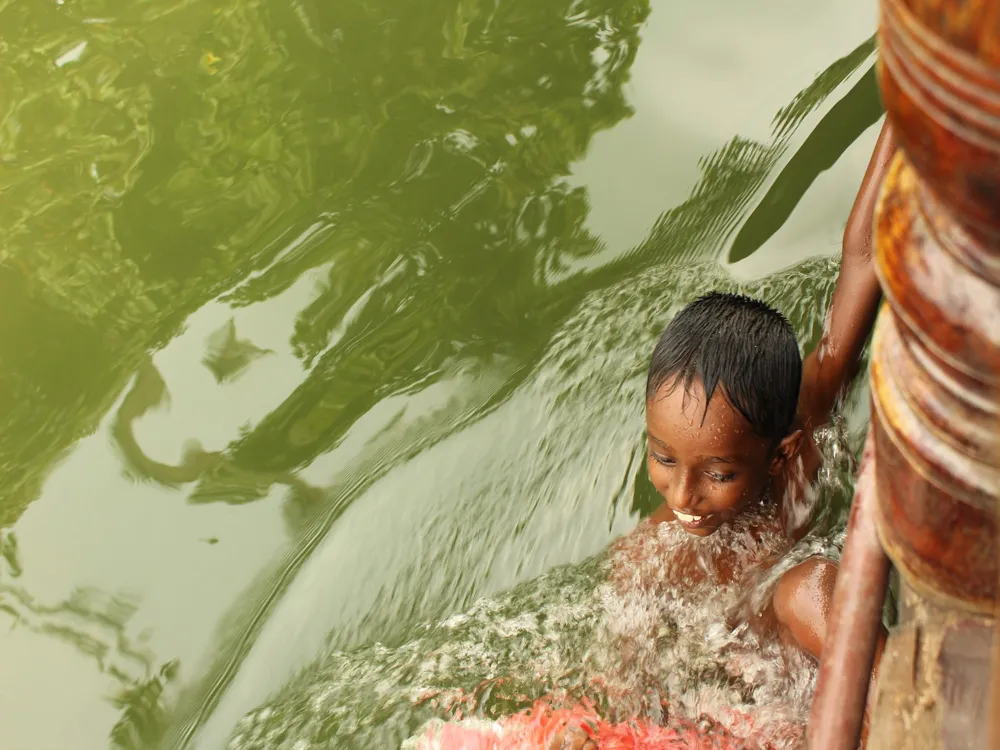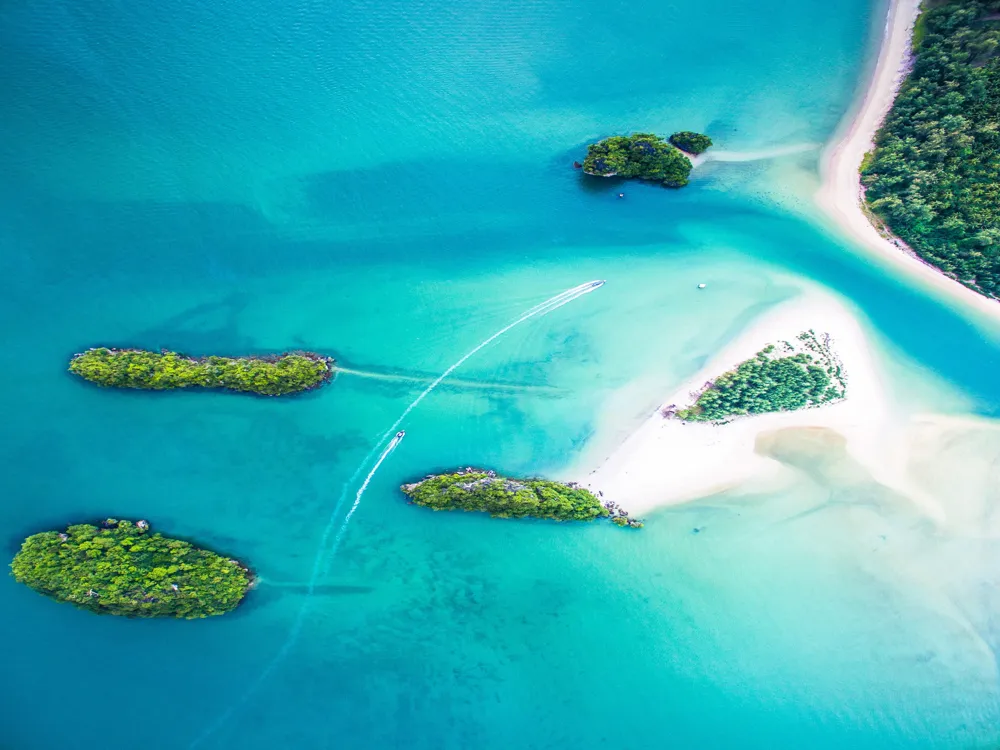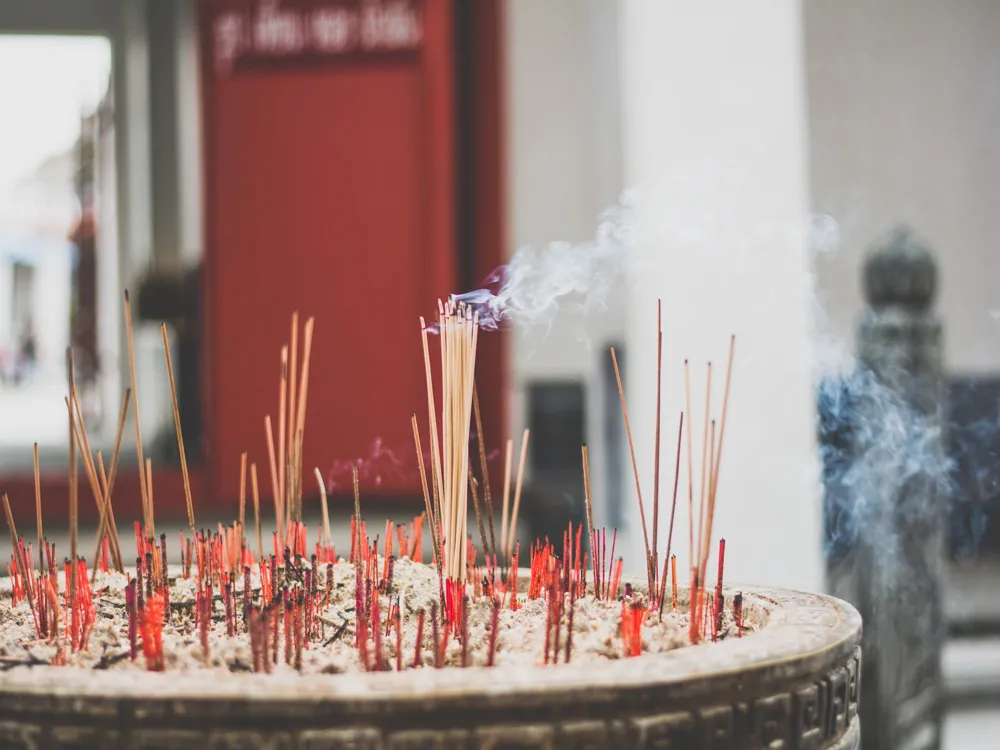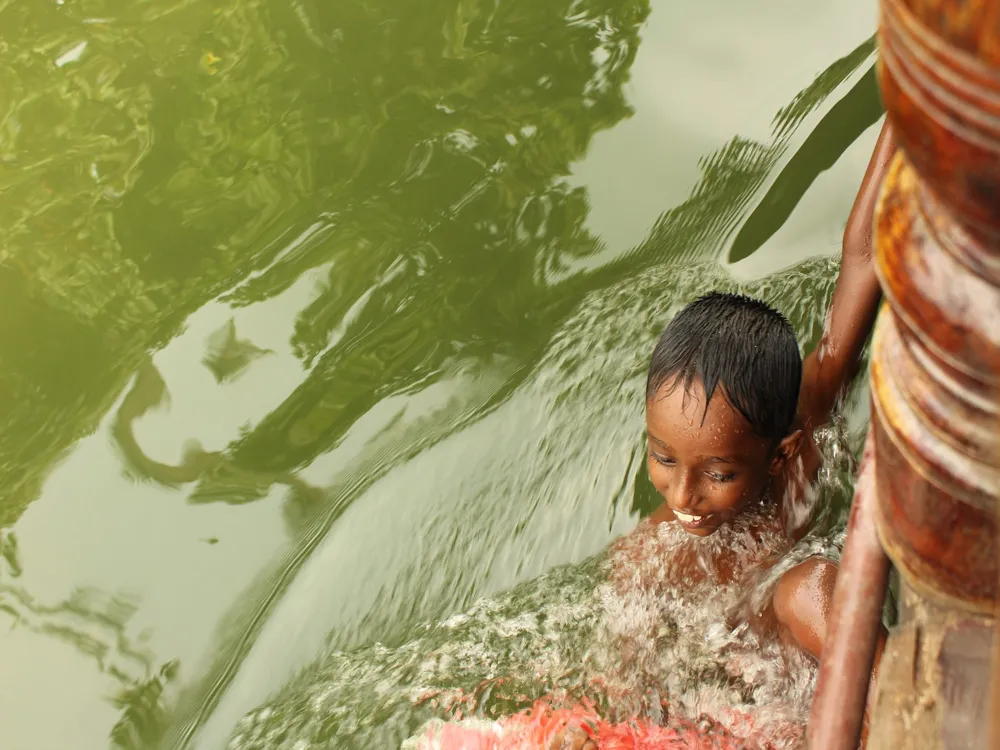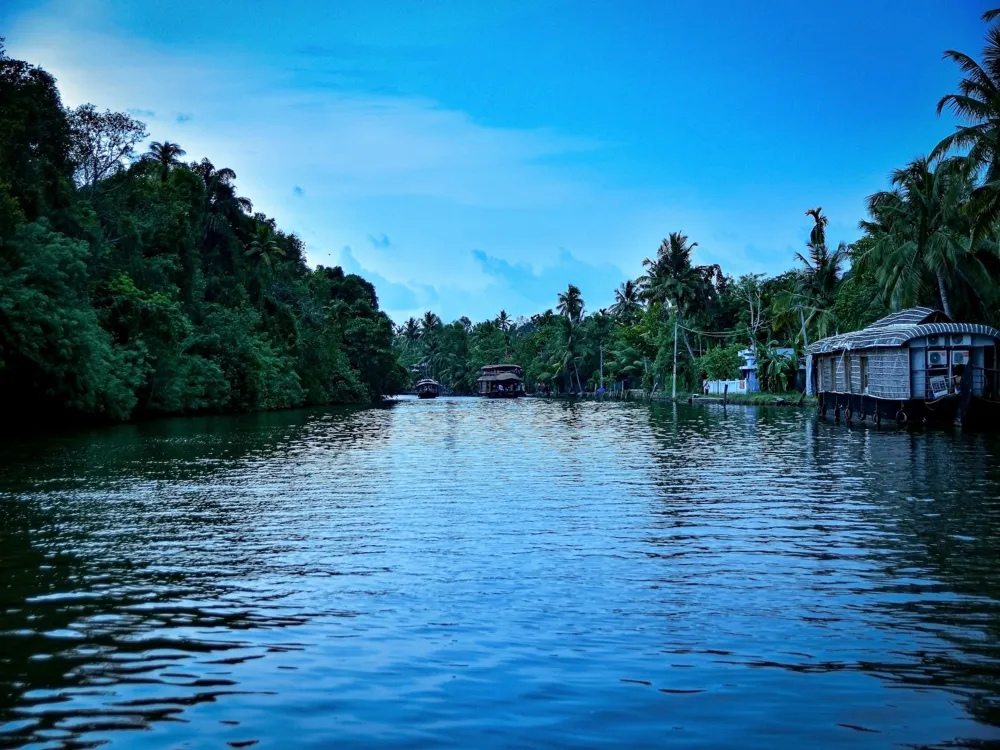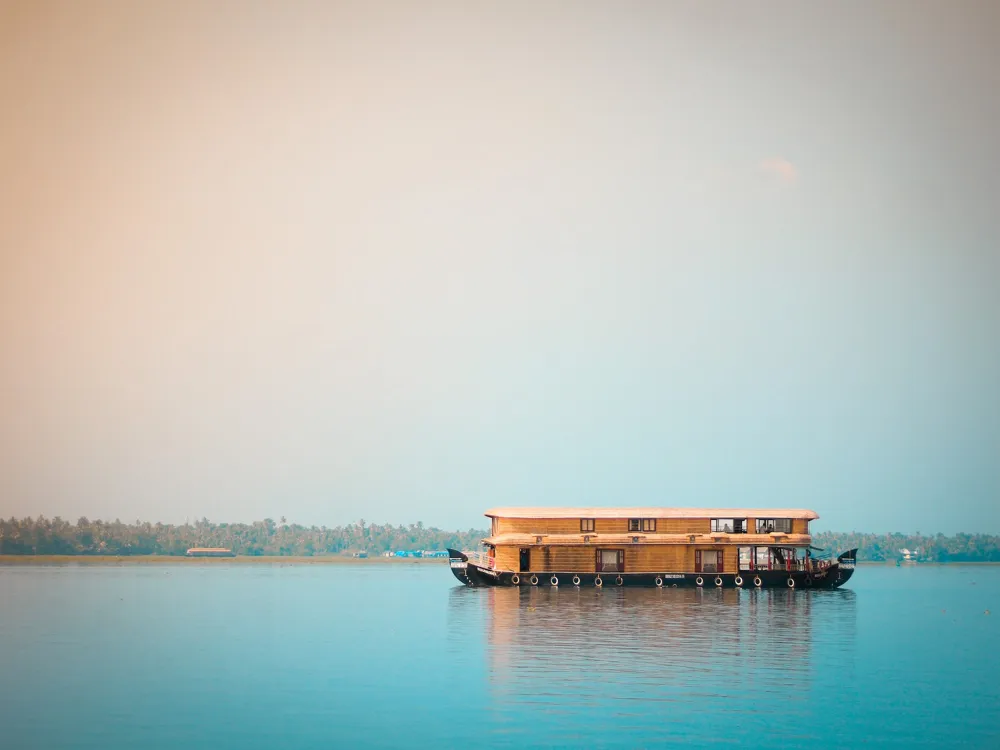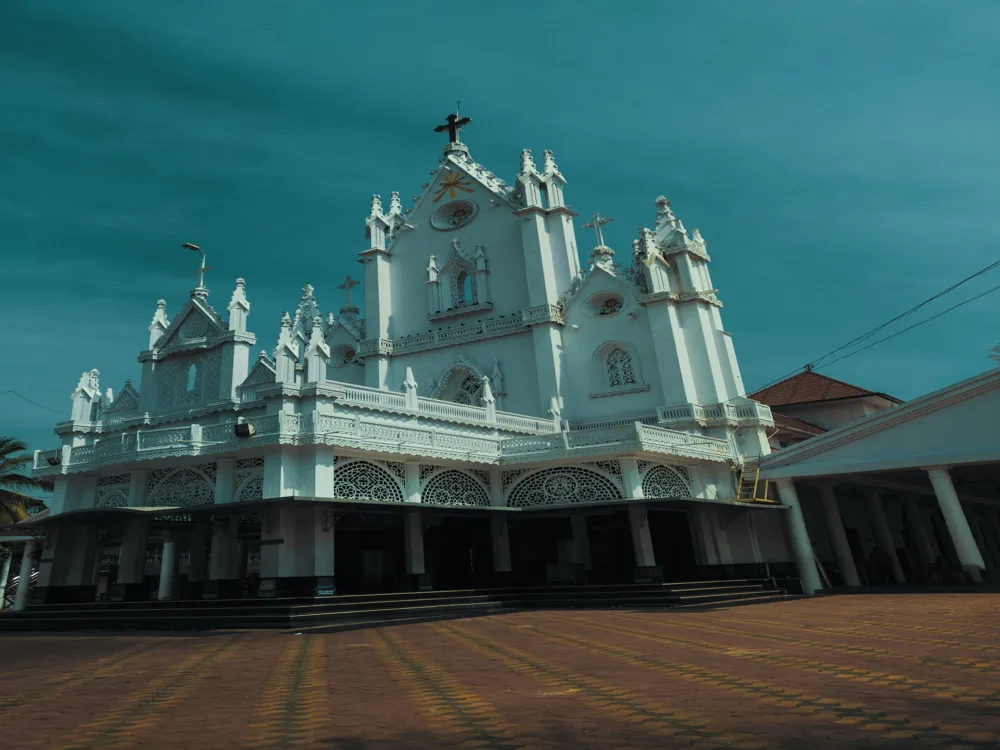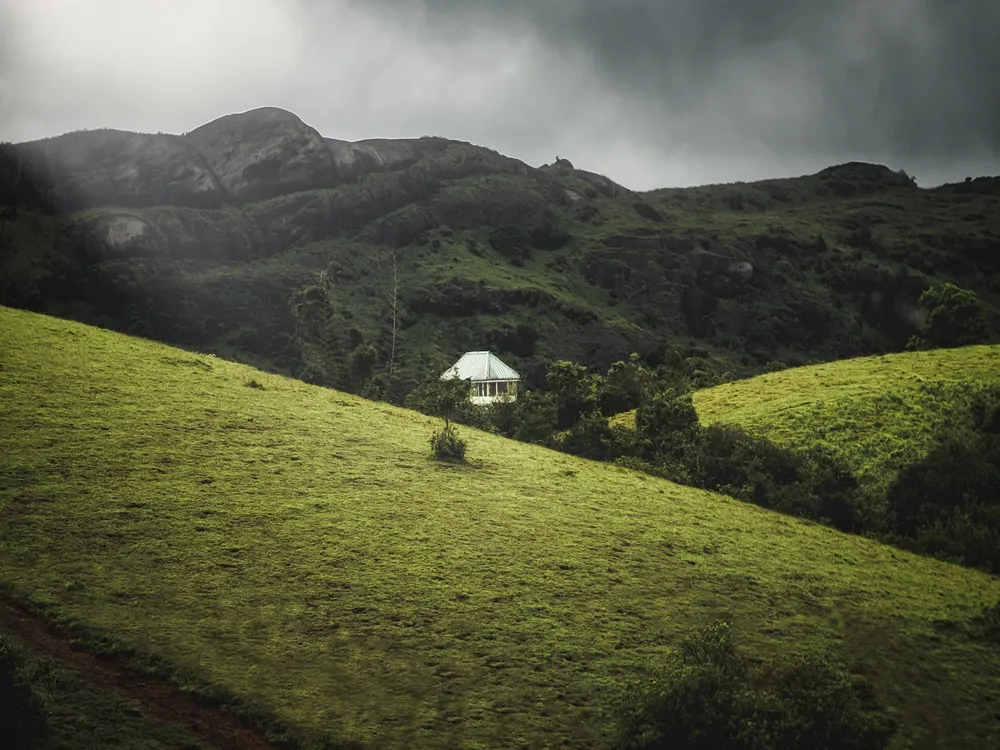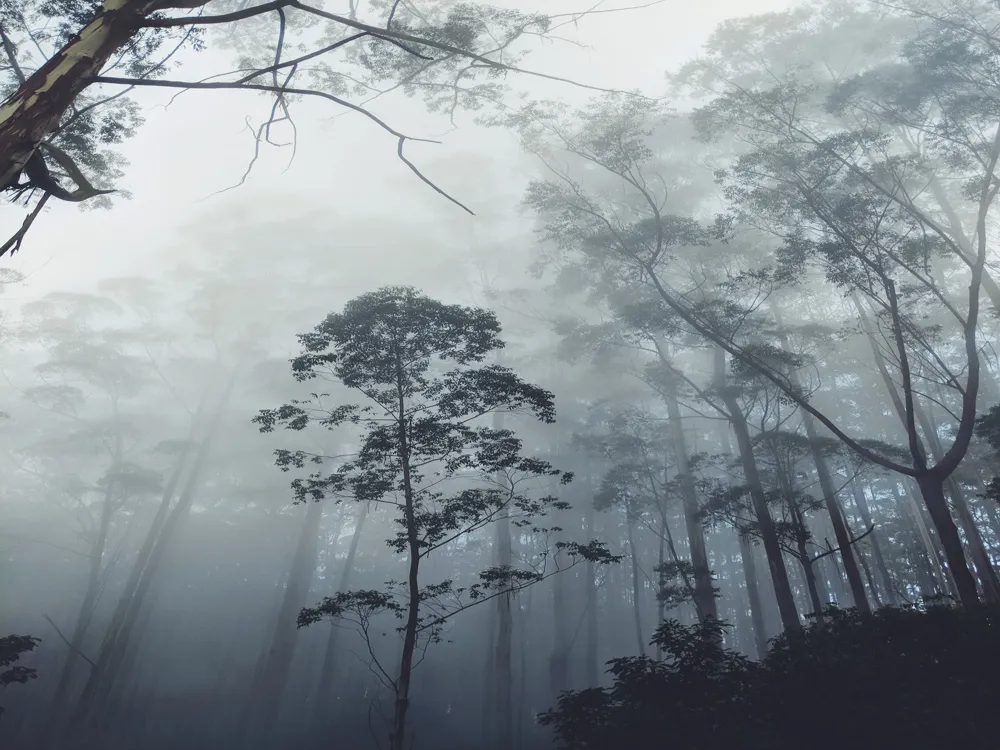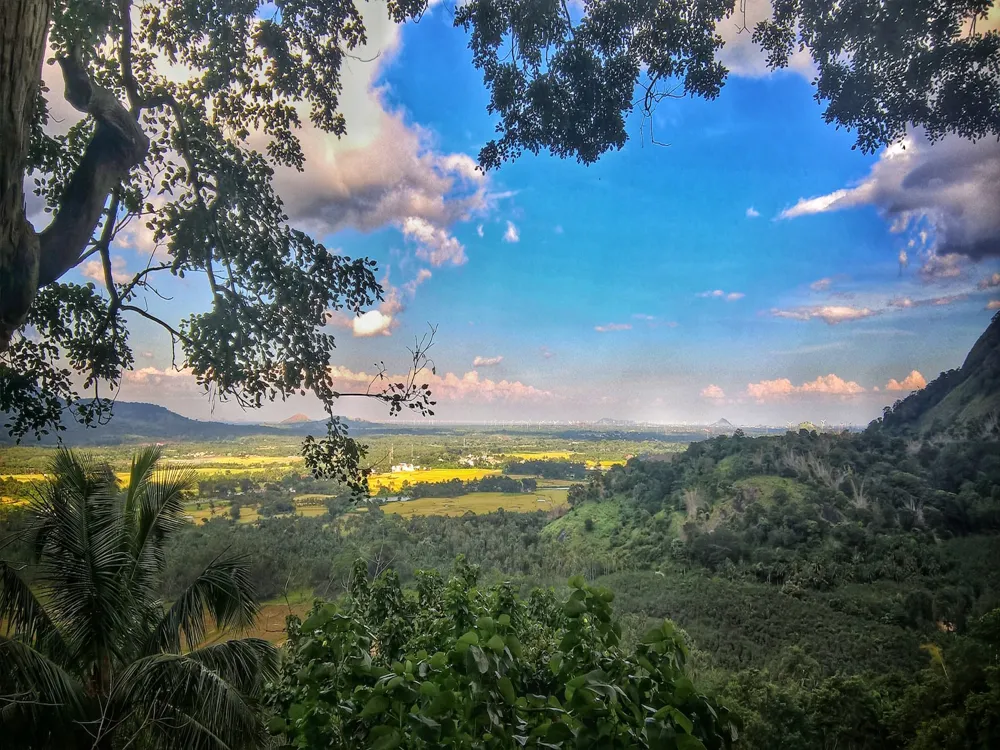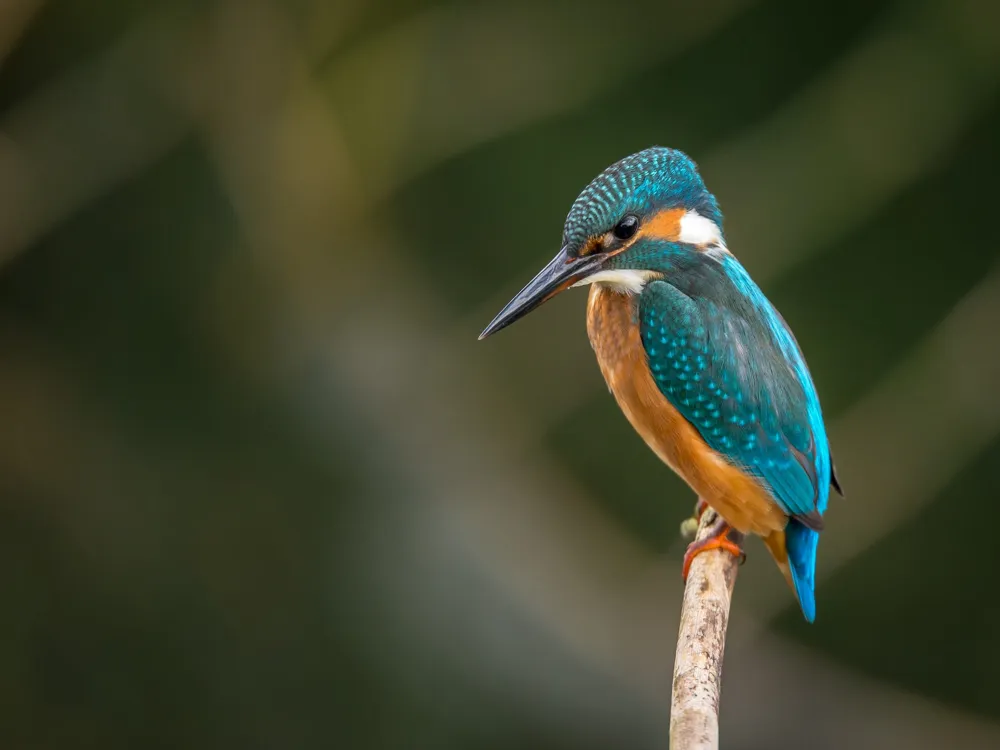Alleppey, a quaint town in Kerala, India, is renowned for its intricate and traditional craft of coir weaving. This age-old art form has been passed down through generations and remains an integral part of Alleppey's cultural and economic fabric. Coir, made from the husk of coconuts, is a versatile natural fiber extensively used in creating a variety of products, including mats, ropes, and decorative items. Alleppey, often referred to as the 'Venice of the East', is not only famous for its backwaters but also for its thriving coir industry. The process of coir weaving in Alleppey begins with the retting of coconut husks in the backwaters, a method that softens the fibers. These are then beaten, cleaned, and spun into yarn using traditional hand-operated spinning wheels called 'ratts'. The artistry of Alleppey's weavers comes to life as they skillfully transform this coir yarn into exquisite and durable products. The uniqueness of this craft lies in the manual skill and precision that each weaver brings to their loom. The architectural style of coir weaving units in Alleppey is a testament to the region's cultural heritage and practical ingenuity. These units, often nestled amidst lush greenery and alongside the backwaters, are constructed using local materials like bamboo, wood, and palm leaves. The design of these structures emphasizes ventilation and natural lighting, vital for the comfort of the weavers and the quality of the weaving process. Inside a typical coir weaving unit, one would find an open workspace dominated by large wooden looms. These traditional looms, integral to the coir weaving process, are often handcrafted and custom-made, reflecting the skill and craftsmanship of local artisans. The layout of these units is thoughtfully designed to facilitate the workflow – from fiber preparation to weaving and finishing. The rustic charm of these weaving units, combined with the rhythmic sound of the looms, offers a mesmerizing glimpse into this traditional art form. While Alleppey is enchanting year-round, the ideal time to visit the coir weaving units is between November and February. The weather during these months is pleasant, making it comfortable to explore the workshops and interact with the artisans. Visitors are advised to dress modestly, keeping in mind the local culture. Comfortable footwear is recommended as you might need to walk within the units. Always ask for permission before taking photographs of the weavers or the premises. Alleppey is well-connected by various modes of transportation. The nearest airport is the Cochin International Airport, approximately 75 kilometers away. From there, you can hire a taxi or take a bus to Alleppey. The town also has a railway station, with good connectivity to major cities in India. Once in Alleppey, local auto-rickshaws and taxis are convenient options to reach the coir weaving units. Additionally, many of these units are accessible by boat, offering a unique way to experience the region's picturesque backwaters. Read More: Overview of Coir Weaving in Alleppey, Kerala
Architecture of Coir Weaving in Alleppey
Tips When Visiting Coir Weaving in Alleppey
Best Time to Visit
Dress Code and Etiquette
How To Reach Coir Weaving in Alleppey
Coir Weaving in Alleppey
Alleppey
Kerala
₹ 8,999 onwards
View alleppey Packages
Weather :
Tags : Local Experience
Time Required : 1 - 2 hrs
Planning a Trip? Ask Your Question
Alleppey Travel Packages
View All Packages For Alleppey
Top Hotel Collections for Alleppey

Private Pool

Luxury Hotels

5-Star Hotels

Pet Friendly
Top Hotels Near Alleppey
Other Top Ranking Places In Alleppey
View All Places To Visit In alleppey
Faq on Alleppey
What is coir weaving?
Coir weaving is the process of crafting mats, rugs, and various products using fibers extracted from the husk of coconut.
Where is Alleppey located?
Alleppey, also known as Alappuzha, is a city in the southern Indian state of Kerala, known for its intricate network of canals, backwaters, and stunning beaches.
Why is Alleppey famous for coir weaving?
Alleppey is famous for coir weaving due to its abundance of coconut palms, which provide a ready source of coir fibers. Additionally, the skillful craftsmanship of local artisans contributes to the high-quality coir products produced in the region.
What coir products are made in Alleppey?
In Alleppey, a wide range of coir products is made, including mats, rugs, carpets, brushes, ropes, and various handicrafts.
How is coir weaving done in Alleppey?
Coir weaving in Alleppey involves several steps, including husking coconuts, extracting fibers, spinning, dyeing (if required), and finally weaving the fibers into desired products using traditional handlooms or modern machinery.
View alleppey Packages
Weather :
Tags : Local Experience
Time Required : 1 - 2 hrs
Planning a Trip? Ask Your Question
Alleppey Travel Packages
View All Packages For Alleppey
Top Hotel Collections for Alleppey

Private Pool

Luxury Hotels

5-Star Hotels

Pet Friendly
Top Hotels Near Alleppey
Other Top Ranking Places In Alleppey
Faq on Alleppey
What is coir weaving?
Coir weaving is the process of crafting mats, rugs, and various products using fibers extracted from the husk of coconut.
Where is Alleppey located?
Alleppey, also known as Alappuzha, is a city in the southern Indian state of Kerala, known for its intricate network of canals, backwaters, and stunning beaches.
Why is Alleppey famous for coir weaving?
Alleppey is famous for coir weaving due to its abundance of coconut palms, which provide a ready source of coir fibers. Additionally, the skillful craftsmanship of local artisans contributes to the high-quality coir products produced in the region.
What coir products are made in Alleppey?
In Alleppey, a wide range of coir products is made, including mats, rugs, carpets, brushes, ropes, and various handicrafts.
How is coir weaving done in Alleppey?
Coir weaving in Alleppey involves several steps, including husking coconuts, extracting fibers, spinning, dyeing (if required), and finally weaving the fibers into desired products using traditional handlooms or modern machinery.







